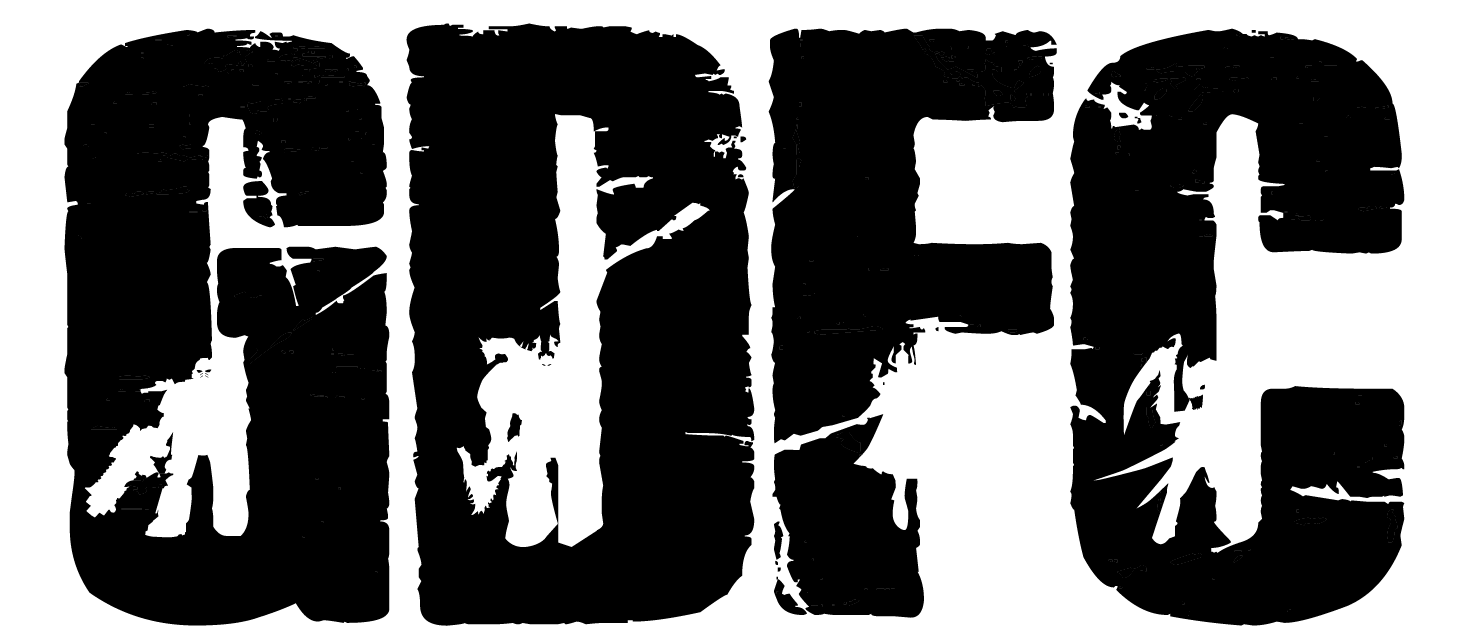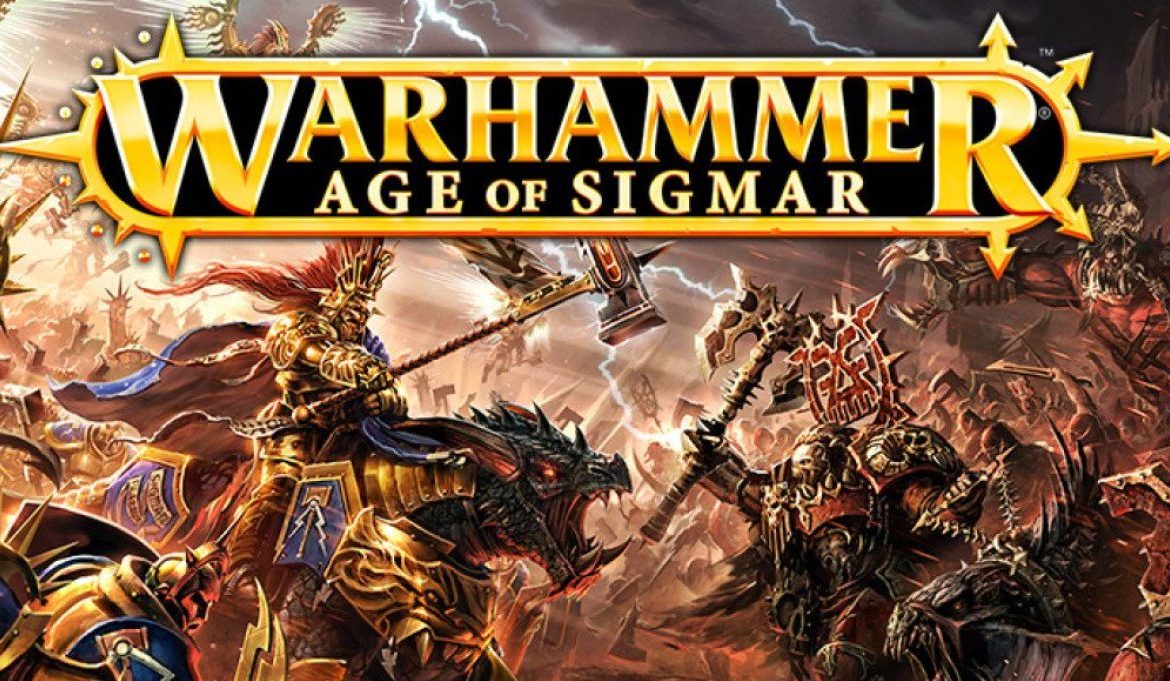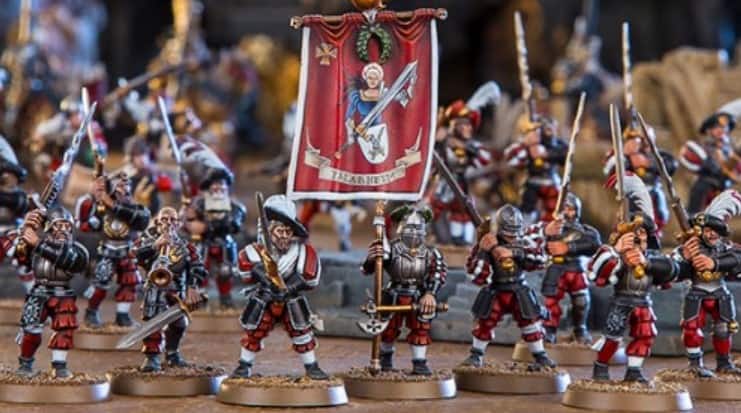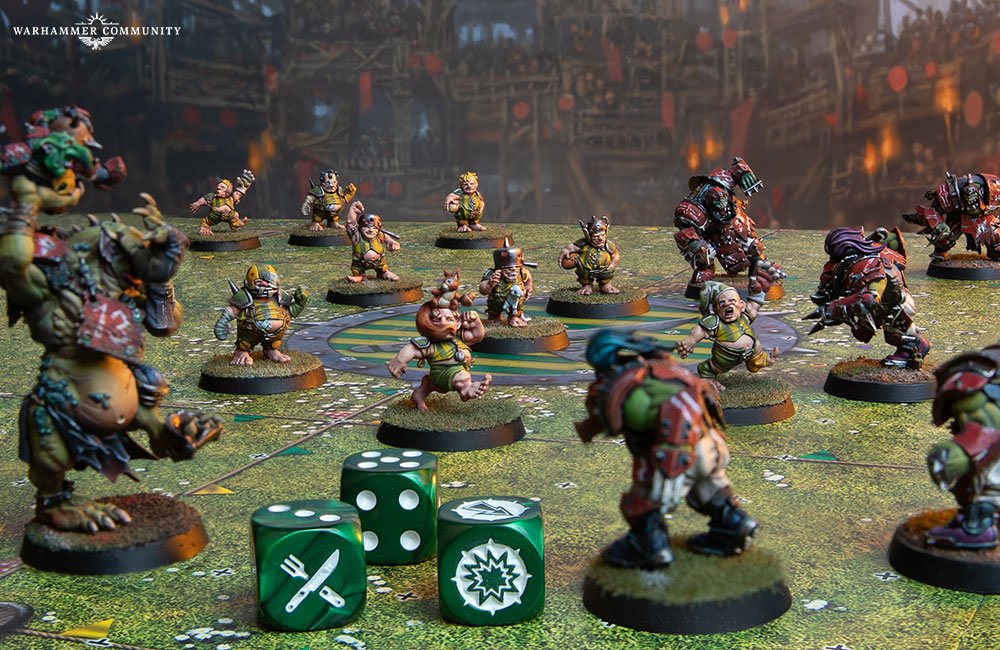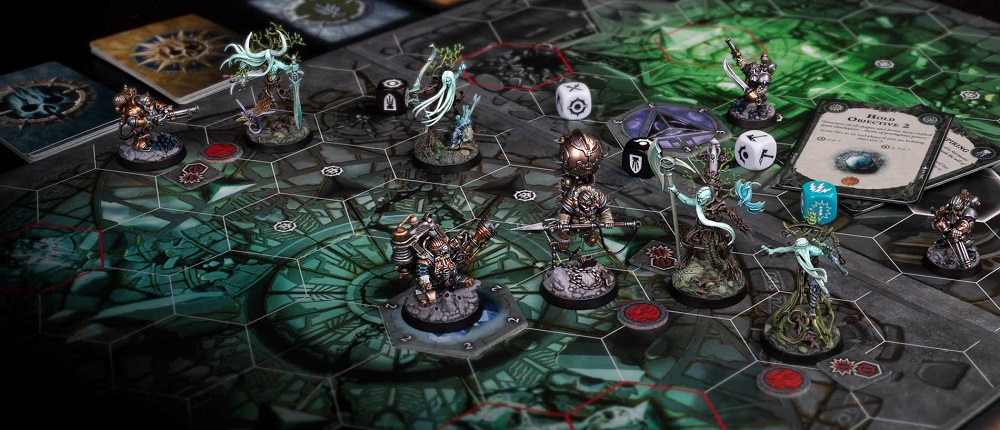Coach’s Corner: Improving at 40K Without Playing 40K
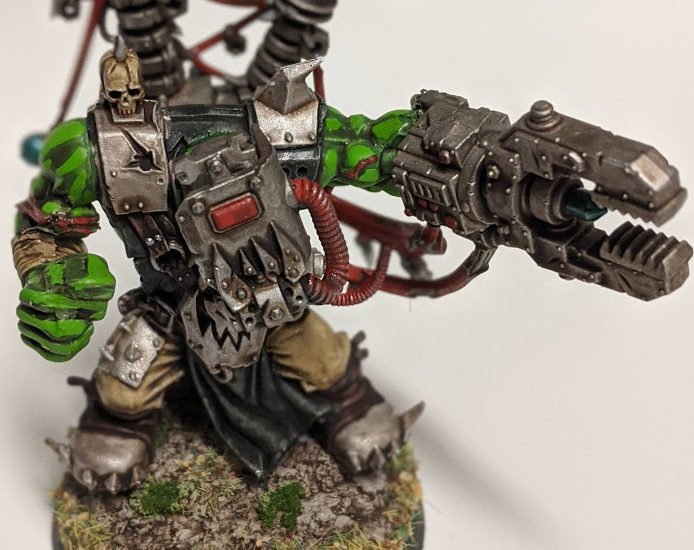
In talking with players in my local group or at my FLG, it seems like many encounter a sort of hump in their competitive play that they just can’t seem to clear. We’ve all been there; maybe you’re trying to break into the competitive scene and are struggling to clear a 2-2 record despite plenty of practice with your army list and lots of preparation on the other major meta picks. You’ve read all the 40k blogs, watched all the battle reports – what are you missing?
From my own experience, I can speak to that hump and how frustrating it can be to hit that brick wall. After my first trip to Adepticon I kept slamming into that wall and wanted to offer a piece of advice on what I think helped me develop a great deal as a player and move forward enough to reach a place were I could be a contender in any RTT and touch the high tier of majors. That piece of advice is simply this: don’t just play 40K.
Looking at the very top echelon of 40K players, I think its important to note that many of them are not just excellent at that one game. Many are former contenders in Starcraft, Magic: The Gathering, Heartstone, and more. You need look no further than the most recent ITC Champion – Richard Siegler. The masterful gentleman wasn’t a lifetime 40k player, but rather had previously excelled in a variety of other equally tactical games. For today’s article I wanted to speak about a few Games Workshop systems that are worth your time and some of the valuable skills that you can unpack from them and apply to the 40K experience.
Age of Sigmar – Mastering Movement & Mission
Originally I entered Age of Sigmar to experience the absolutely gorgeous models that appealed to me as a fantasy painting enthusiast, but ultimately found a different way of thinking that I believe has big benefits for those plateaued 40k ITC players in particular. Superficially, a veteran 40K player can look at AoS and see “40K lite,” but I feel that is a bit off base. Grim Dark Filthy Casual’s lauded “Lone Wolf” Brian Tabata is not only an expert Space Wolf commander, but also a phenomenal Age of Sigmar player. Having had the pleasure to observe his play as a competitor and TO in both game systems, I think a lot of his success comes from his experience in both games.
For players that have only played 40K, its easy to get in the demoralizing mindset that the game is only about killing. I’ve seen arguments and critiques throughout the span of 8th edition that “first turn is the only turn that matters” or that “alpha strike is king.” Now, don’t get me wrong, you’ve got lists out there like Mani Cheema’s artillery battery plowing my frontline off the board from 40+ inches away, but in the ITC in particular, holding objectives is just as important as killing. With recent rule changes to secondary mission choices, consideration to objective capture has become even more fundamental, and no game system teaches the importance of that like Age of Sigmar. If you opt to get into AoS for that reason, take special note of how holding points isn’t simply about killing the opposing army off an objective and taking it for yourself, but also the *sequence* in which point capture happens.
Takeaways for 40K Players
One highly experienced Age of Sigmar player I’ve learned a lot from in the Chicago scene is tournament winning champion, Nathan Lewandowski. One piece of advice he wished to offer to aspiring 40,000 contenders dipping into AoS is that:
Remember the end objectives. You can have plenty of side objectives for how to get to the end goals but you don’t want to sacrifice those end goals. In AoS things are less deadly, it is a lot harder to obliterate a unit. 40k players focus a lot on the killing factor but less on mobility. Mobility is a key focus of the game. Players who do poorly are the ones who forget their secondary or tertiary objectives or overextend a unit because they want to kill something that they are afraid of.”
Every great Imperial Guard player knows the importance of issuing the “Move, Move, Move” Order vs. choosing to blast a nearby target with “First Rank Fire, Second Rank Fire,” and Age of Sigmar is an excellent way to train your discipline in making the choice to prioritize the victory conditions of the game over bloodlust. By taking these lessons into 40K, you’ll find that you think further ahead of what are the consequences of moving onto an objective, how to lead an enemy to take an objective as a feint to align them up for a devastating counter-strike, or become more aware spatially on how you’ve positioned your forces with objective control in mind.
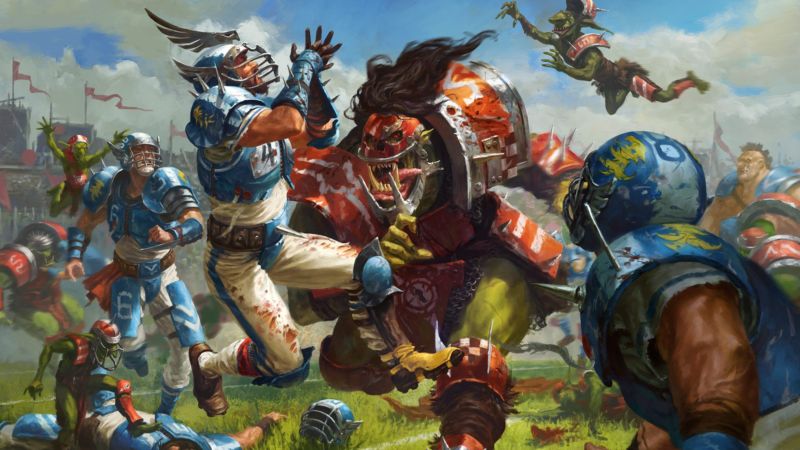
Blood Bowl – Sequencing Your Actions & Odds
As an easy and affordable game to get into with a wild and irrelevant sense of humor, Blood Bowl is my personal favorite game system on offer from Games Workshop. With a ruleset that hasn’t fundamentally changed in over two decades, it has allowed game strategy to fully mature. Often dismissed out of hand as a game fully reliant on dice luck, more experienced players know the truth. While Nuffle can rear his ugly head and curse your dice at the worst of times, the game is in fact the opposite. Blood Bowl is 100% a game of *risk mitigation.* I’m sure those two words have all the aspiring insurance actuaries perked up with enthusiasm, but its the truth.
In Blood Bowl, a single failed action causes a turn over, or loss of turn, and ideally with each turn you’re completing a successful action for each of your (hopefully) eleven players remaining on the pitch. To fail an action on your very first player through an unnecessarily risky action is the sort of debilitating mistake that will cost you a game. In Blood Bowl you need to constantly be considering which actions are the most risky and which actions are the most necessary. Much like in Age of Sigmar, the sequence of model activation is vitally important, and the game forces you to develop a stronger sense of judgement in weighing “do I perform this action first because its the safest, or do I perform this action first because it is absolutely necessary to achieve my game-winning sequence?”
Takeaways for 40K Players
These are skills that I very often see missing in novice 40K players; a stronger grasp on risk mitigation and sequencing will improve your judgement in all phases of the game. Ask yourself, have you ever found your shooting phase to be unsatisfactory from inefficient target selection? Have you ever found one of your critical squads left high and dry during the charge phase because you already burned the reroll trying to help a less useful squad make it into combat? The very top players in 40K are consistently at the top of the heap because they have learned how to minimize the impact of luck, relying on chance only when absolutely necessary and taking the right sequenced steps to ensure that even when the dice have failed you, you’ve already done everything possible to minimize that failure.
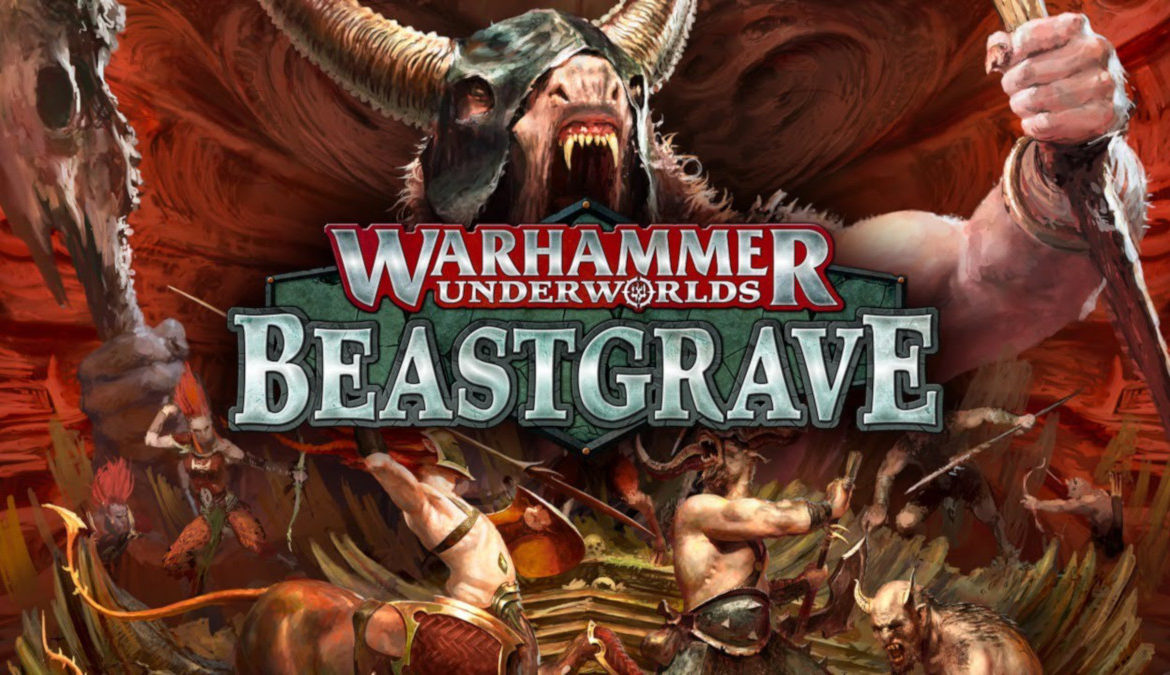
Warhammer Underworlds – Learning to Anticipate & Counter Win Conditions
Warhammer Underworlds (WHU) has been a rapidly growing game system that has taken my own local area (Chicago) by storm, growing exponentially in players since the launch of the second season last year. I’ve had the joy of TO’ing and playing in many WHU events and was very sad to see Adepticon’s Grand Clash canceled along with the dozens of other wargaming events. WHU is a sort of melding of deck building games like Magic: The Gathering and Hearthstone with tabletop wargaming. My own scene is made up of Magic and Age of Sigmar regulars, and we often see a styles clash between the two sides and their approach to the game. In speaking with local multi-tournament champion Jason Burke, he’s helped me explore the game in the hopes of finding lessons I could take back with me to Warhammer 40000. Recently Jason shared some wisdom with me that:
“Wargames aren’t a battle to see who can table their opponent more quickly; they are a fight for objectives depending on the scenario, and there are a number of additional objectives which you need to be keeping track of for yourself and your opponent. If your opponent takes “Engineers” they can potentially score 2 extra points per turn passively by keeping engineer units on objectives and not attacking with them, so you have to decide if you can lose those points or if you need to act to stop them. Because Underworlds is a shorter game, its a good setting to practice tracking your opponents scoring, their potential scoring, and your potential scoring. It’s not unheard of for Underworlds matches to end with the winning player completely tabled, but having scored more glory.”
While WHU is an extremely deep game that I feel I have only just begun to scratch the surface on, it has taught me a great deal on how I approach 40K from Turn 1 to Turn 6. In WHU, each player plays with two decks – one is filled with instant effects, upgrades and other such tricks, while the other is exclusively filled with objectives that only he can score. Like with 40k or AoS, many novice WHU players approach the game solely from the strategy of “what do I need to do score my objectives,” and they consistently find themselves come up short. In WHU, just as you are playing to achieve your personal objectives in your deck, you are also working to deduce what objectives your opponent is pursuing, while laying counter-strategy to those aims. With limited activation and turns, the player must also learn to be hyper efficient in their actions, making their limited choices advance their own goals while stymieing their opponent.
Takeaways for 40K Players
While our objectives in 40K ITC matches are not secret, the means in which the opponent is attempting to achieve them are. Mastering WHU will help you become better at anticipating your opponent’s intentions, become more efficient in achieving your goals while preventing your opponents, but also help you think more expansively beyond what you need to do to win and also consider what does your opponent need to *not* do in order to lose.
Conclusion
For those of you still stuck at home during the quarantine, I would also like to add that both Blood Bowl and Warhammer Underworlds (in beta) are available to play online via Steam. I still would encourage the tabletop versions over the video games, but they’re both worthwhile ways to have some fun and grow as a wargamer.
Do you have other lessons-learned from other game systems to share? Feel free to leave a comment down below! If you have an interest in reading more about these secondary game systems, also please feel free to let me know!
Lastly, if you’re interested in joining our Discord community, feel free to reach out to us at grimdarkfilthycasuals@gmail.com and please follow us on the usual platforms to stay up-to-date with all of the latest releases from GDFC.
- Twitter: @GDFilthyCasuals
- Instagram: grimdarkfilthycasuals
- Facebook: grimdarkfilthycasuals
- Youtube: GDFC Youtube Channel

is a founding member of Grim Dark Filthy Casuals, Author, Content Lead, Warboss, Tournament Organizer, and GDFC’s Chief Krumpin’ Officer

